We just concluded our first week of piano camps here at the studio. With my older group, I decided to try a new project – writing and filming a documentary of the great hymn writer Isaac Watts. Each of the six students in this group are church musicians, so I thought it would be a fun way for them to learn some history and work together. We alternated between time spent working on this project, working on an ensemble piece, learning theory concepts and playing a few games. It was a ton of fun and I’m impressed with the quality of work they produced for a first effort.
Here’s a brief outline of how we put this project together:
1. Research – I provided books and printed pages from Internet resources and gave a section to each student, along with a hi-lighter. They were to read the information and hi-light any information that they thought was interesting and could be included in the script. Once they had finished reading their sections, I had everyone share the things they hi-lighted with everyone else.
2. Compile – We discussed the specific quotes that could be used in the script and began to brainstorm filming ideas.
3. Storyboard – I reviewed the example of this storyboard and printed out multiple copies of the free downloadable template. The students began drafting visual images of what they wanted to film for each scene and a general idea of what should be included in the narration.
4. Scripting – Each student took home one of the scenes and was assigned to write the script for that scene. The following day they read what they had written to the rest of the group. Several of the scenes overlapped so they opted to combine three of them into one scene, reducing the 8-scene outline to 6 scenes.
5. Film – One of the students was assigned to be the prop manager and collected the necessary props to set the scenes. The cameraman, actors and props manager started filming while the three other students worked on editing and typing the script.
6. Record – We tested each of the students reading the first couple lines of narration and then they voted on which one sounded best. The narrator moved into another room and began recording the narration while the other students worked on editing.
7. Edit – I gave the students a brief overview of how to use the editing software I purchased for the project and then let them take over and layout and format the scenes.
8. Finishing Touches – Once the recording and editing were complete I imported the narration into the software program and recorded the soundtrack. (Ideally I would have had one or more students do this part as well, but we ran out of time.) I did a little bit of tweaking to make sure the narration lined up with the filmed scenes and then rendered it and saved it as an MPG, uploaded it to Google Video and posted it here!
Here’s a list of the equipment we used for this project:
1. Canon Elura 100 MiniDV Camcorder – After doing quite a bit of research, reading reviews, getting advice from friends in the film industry and comparing prices, I decided to purchase this Canon camcorder. This had all the features I really wanted – MiniDV format, external mic jack, and SD memory card slot for expanded memory. I’ve been very pleased with it so far!
2. Adobe Premiere Elements – I ended up buying this bundled version that included Photoshop Elements because I’ve been wanting to get that software for a while, too, and it was a great deal to get them both in this bundled package.
3. Firewire Cable (4-pin – 4-pin) – This had to be purchased separately and was necessary in order to transfer video from the camera to the computer. Ebay yielded quite a few options for well below retail price.
4. Laptop Computer – I was a little worried that the software would be too cumbersome to run on my laptop, but it worked just fine.
5. Computer Mic – Used to record the narration.
6. Audacity Audio Recording Software – Open Source (i.e. Free) and very intuitive.
7. Clavinova CLP 220 – This is what I used to record the soundtrack.
8. 6 ft. Shielded Cable, 1/4″ plug to 1/8″ plug – I plugged this cable into the headphone jack of the Clavinova and into the mic jack of the laptop, using it as my line-in source for recording the soundtrack.


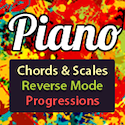
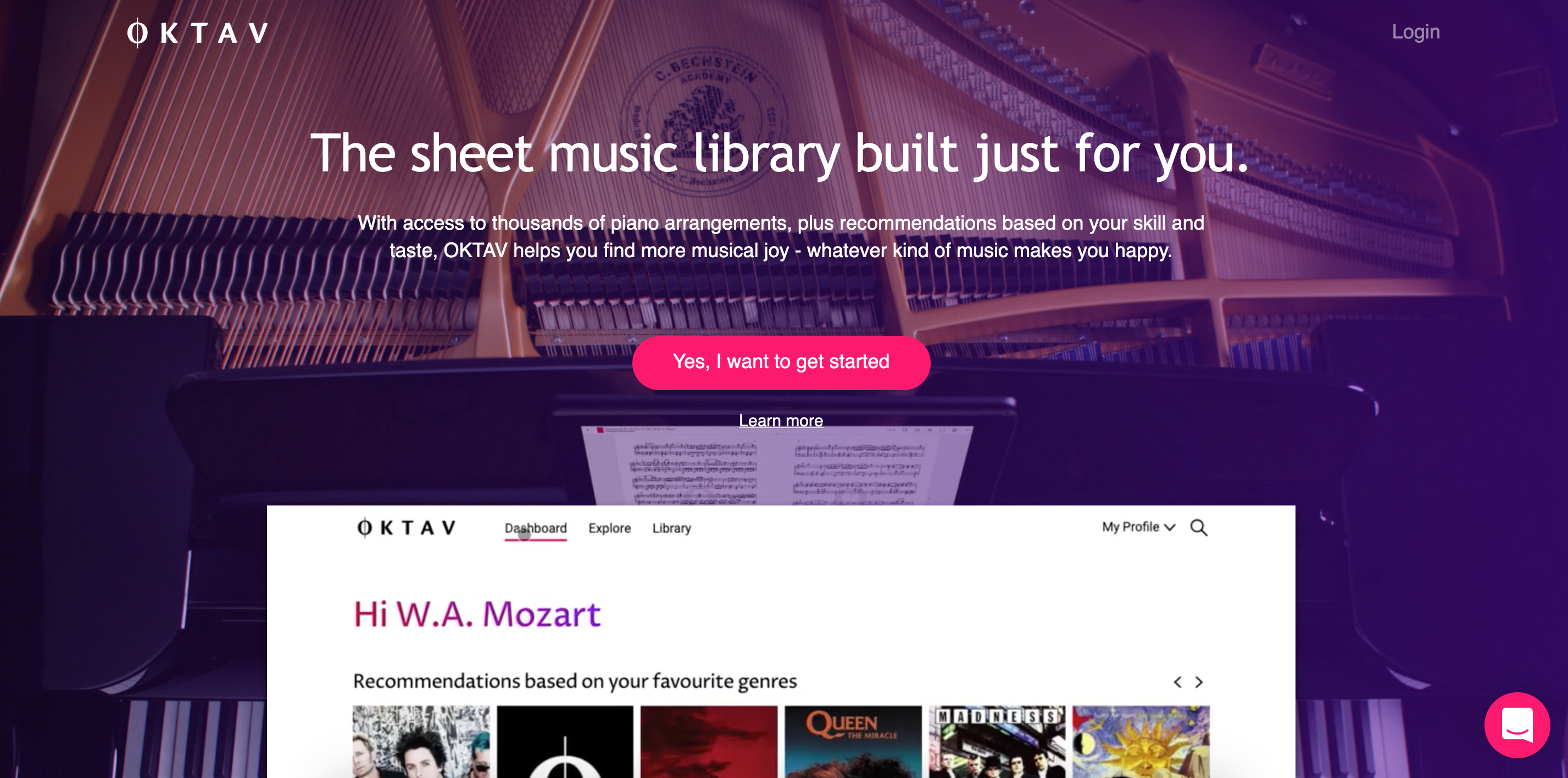


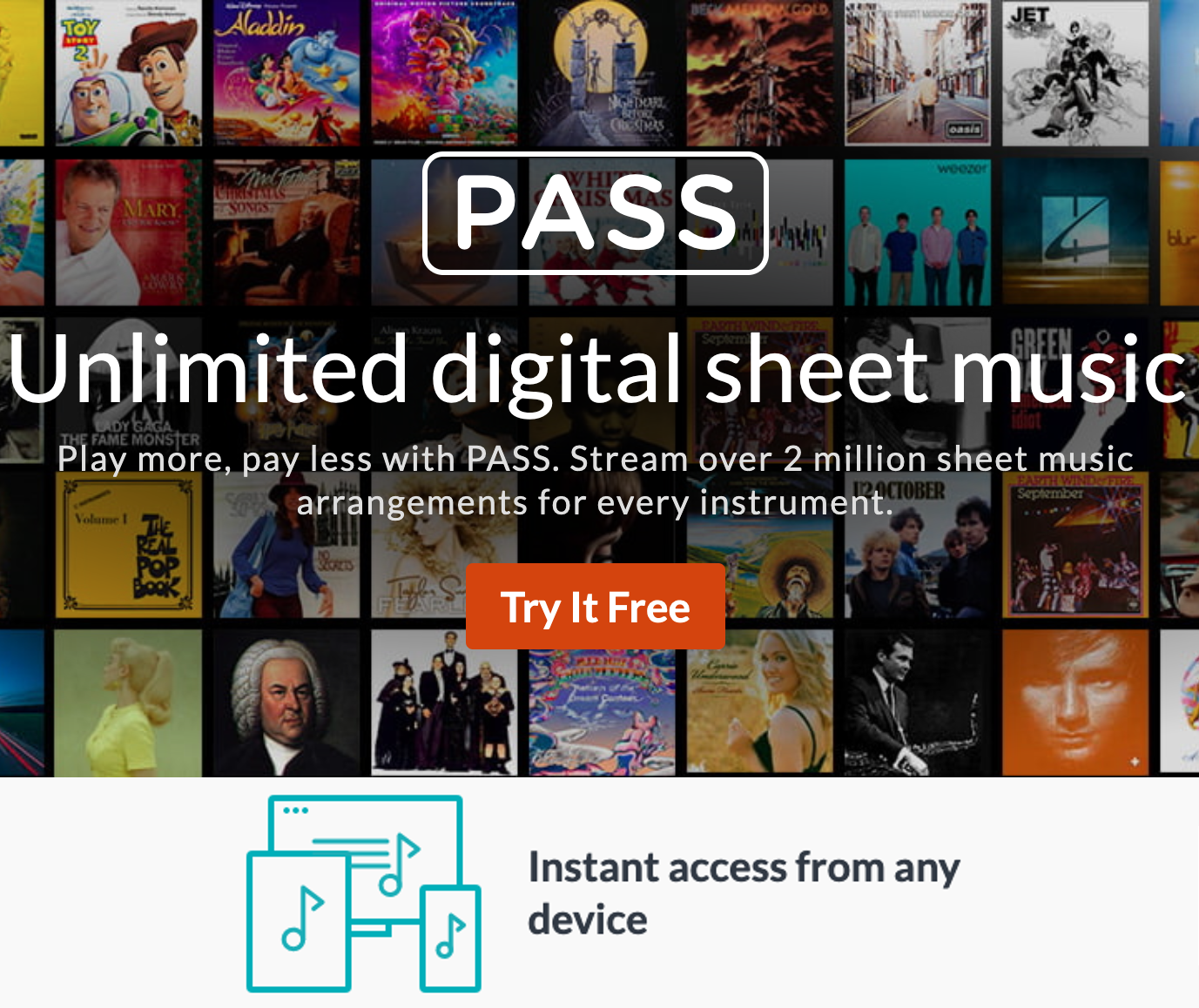


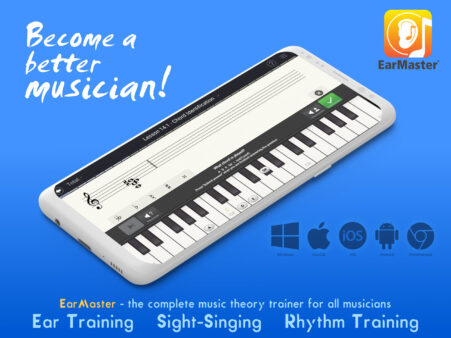
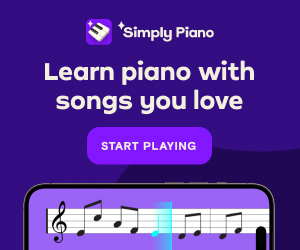


Leave a Reply